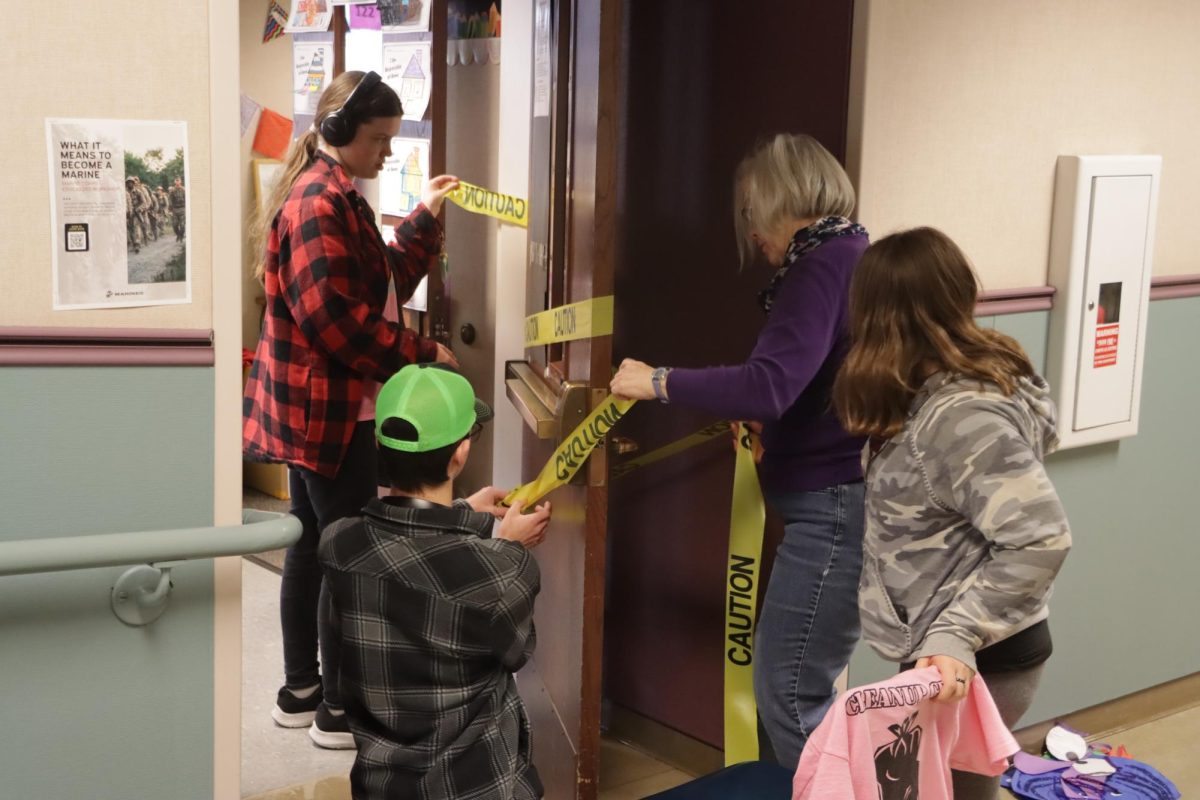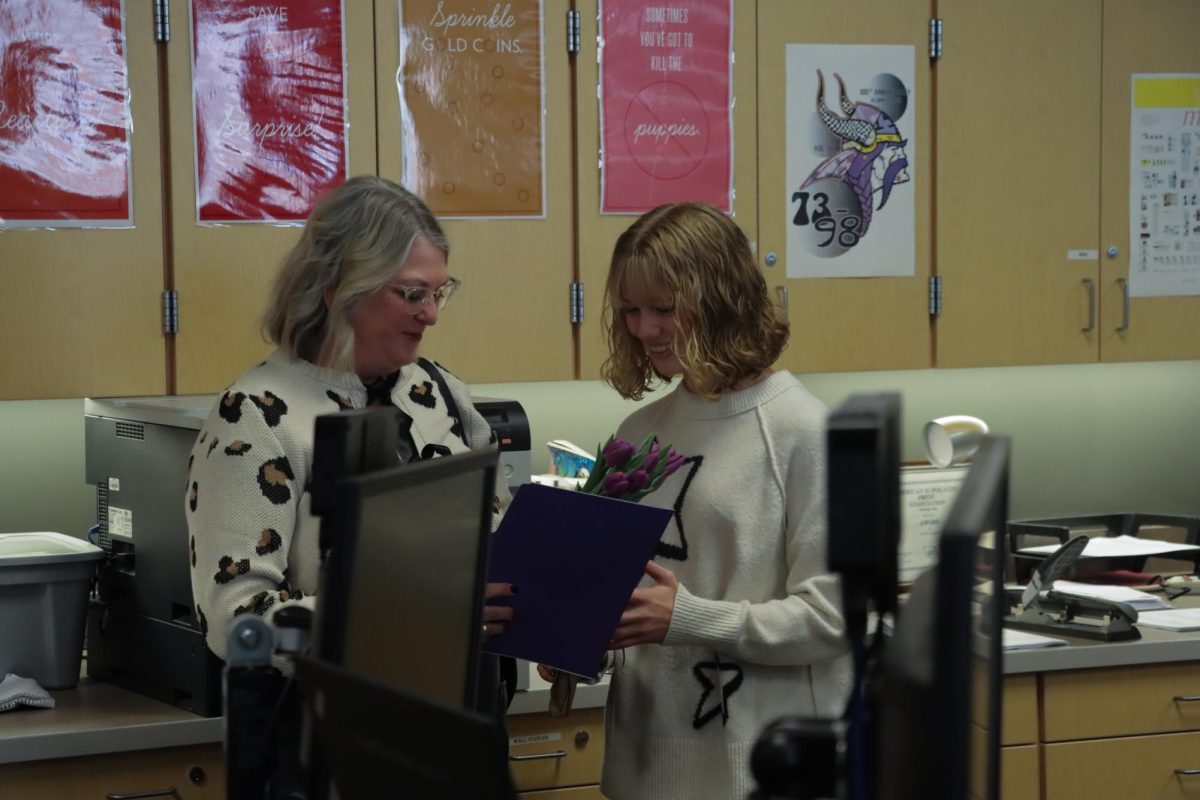As some may know, this year there was talk of a new bell schedule and fixing transportation problems in the fall.
As the task force was formed in the fall of the 2022 and 2023 school year, they were chosen by who would make an effective team member, compiled of district staff and leadership, community members and students.
Sarah Gillespie is the Executive Communication Director at the Puyallup School District, District Office and served on the task force this year. In September of this school year the school board assembled a bell schedule task force to study the transportation challenges all throughout the district.
“We are not getting all our students to school on time. There are canceled bus runs on a daily basis,” Gillespie said. “The driver shortage has resulted in an inefficient and unreliable bus transportation system.”
In the beginning of the school year, the task force was formed to create a system that would be able to go into effect next school year and be sustainable. The bell schedule in turn affects the bus runs and the number of drivers the school district needs directly correlates to the bell schedule of the schools.
“What the task force discovered was that our bell schedule has created an inefficient way to pick up and drop off students,” Gillespie said. “All of this information was presented in a final proposal to the school board, and the school board unanimously approved to change the bell schedules district wide for fall to increase efficiencies in our bus system.”
With a new bell schedule model, the buses will be used more efficiently and will use what the district has without the necessary need for new drivers.
“Each of our buses will be used three times in the morning and three times in the afternoon. So, we’re really used to using our existing resources as fully as we can,” Gillespie said.
The task force looked at both short and long-term solutions, with the hope of finding one that could be implemented in the fall for the 2023-2024 school year. But they also considered how different aged students work at different times in the day.
“There was an option that was being considered, that was pretty dramatic. It had high schools starting much later and getting out of school much later. The theory behind that was that really took into account academic performance with young adults and with high school age students, based on what time they start in the morning,” Gillespie said.
The reason the first expressed model did not work was because it would affect people, athletics and events too much. But they did still consider what would happen with primary students and childcare.
“Our after and before school care is provided by Right At School. We have an incredible relationship with Right At School and they are committed to adjusting and accommodating all our elementary [school] needs. They have in fact done that and if elementary families are in need of before or after school care, then they can contact Right At School and seek out those services,” Gillespie said.
There have been adjustments in the bell schedules previously but nothing as dramatic as this.
“At this magnitude, this is really the first [time] that we’ve done district wide changes like this. This magnitude where it’s impacted every single school in the district,” Gillespie said.
Other things are linked to the reason that the bell schedule is changing, but the transportation problems were by far the main reason that they needed to be changed.
“It really is linked to bus drivers, if we had a never-ending supply on hand to cover the daily routes, but also enough to cover absences and be part of our substitute pool, then we wouldn’t need to look at district wide schedule changes,” Gillespie said. “The problem is that there were so many runs being delayed, doubled up on or canceled altogether. That it just got to a point where something needed to be done.”










